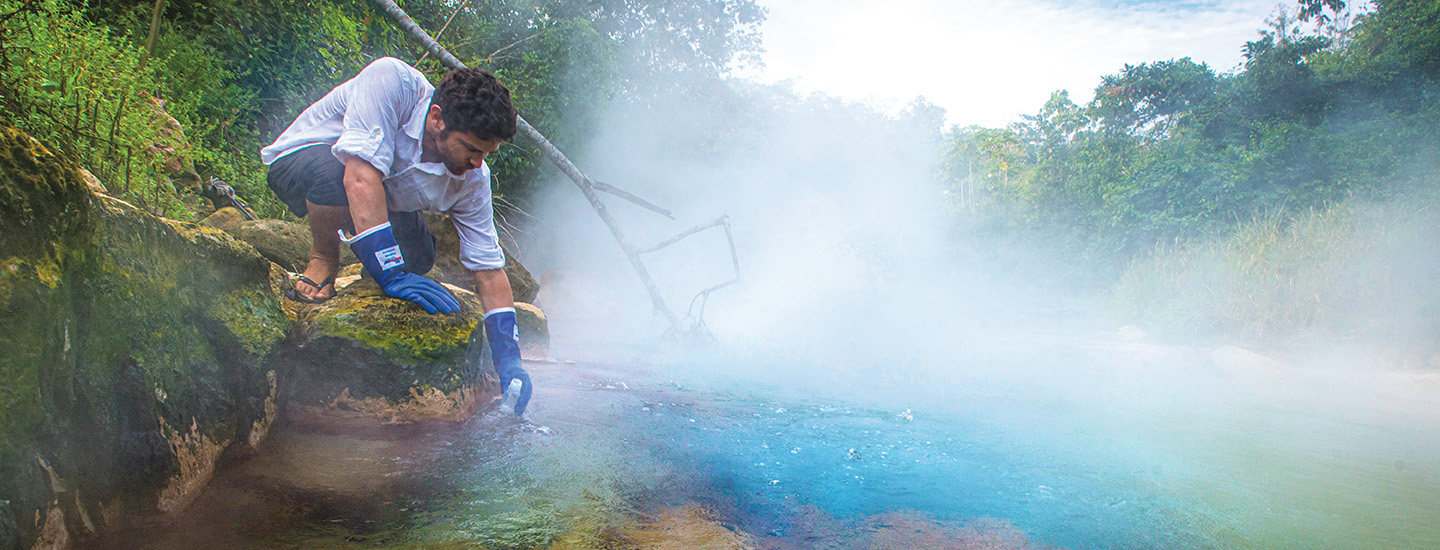JIM MCMAHON/MAPMAN
An unusual waterway winds through part of the Amazon rainforest in Peru. This river’s water is hot—dangerously hot. In some spots, it reaches nearly 100°C (212°F). That’s water’s boiling point, the temperature at which it turns to gas.
The Boiling River is well-known to locals, who call it Shanay-Timpishka (shah-NIGH teem-PEESH-kah). But scientists are still learning about it. In 2019, a research team set out to explore the river. The team was led by Rosa Vásquez Espinoza, a scientist who studies tiny living things called microbes. Microbes can survive in all types of environments, some even in extreme conditions. The team wondered: What microbes could they find in the Boiling River?
An odd river winds through part of the Amazon rainforest in Peru. This river’s water is dangerously hot! It reaches nearly 100°C (212°F) in some spots. That’s the boiling point of water. At this temperature the liquid turns to gas.
The Boiling River is well known to locals. They call it Shanay-Timpishka (shah-NIGH teem-PEESH-kah). But scientists are just beginning to study it. A team set out to explore the river in 2019. It was led by Rosa Vásquez Espinoza. She’s a scientist who studies microbes. They’re microscopic creatures. Microbes can survive in all types of environments. Some even live in extreme conditions. The team wondered what microbes they might find in the Boiling River.

